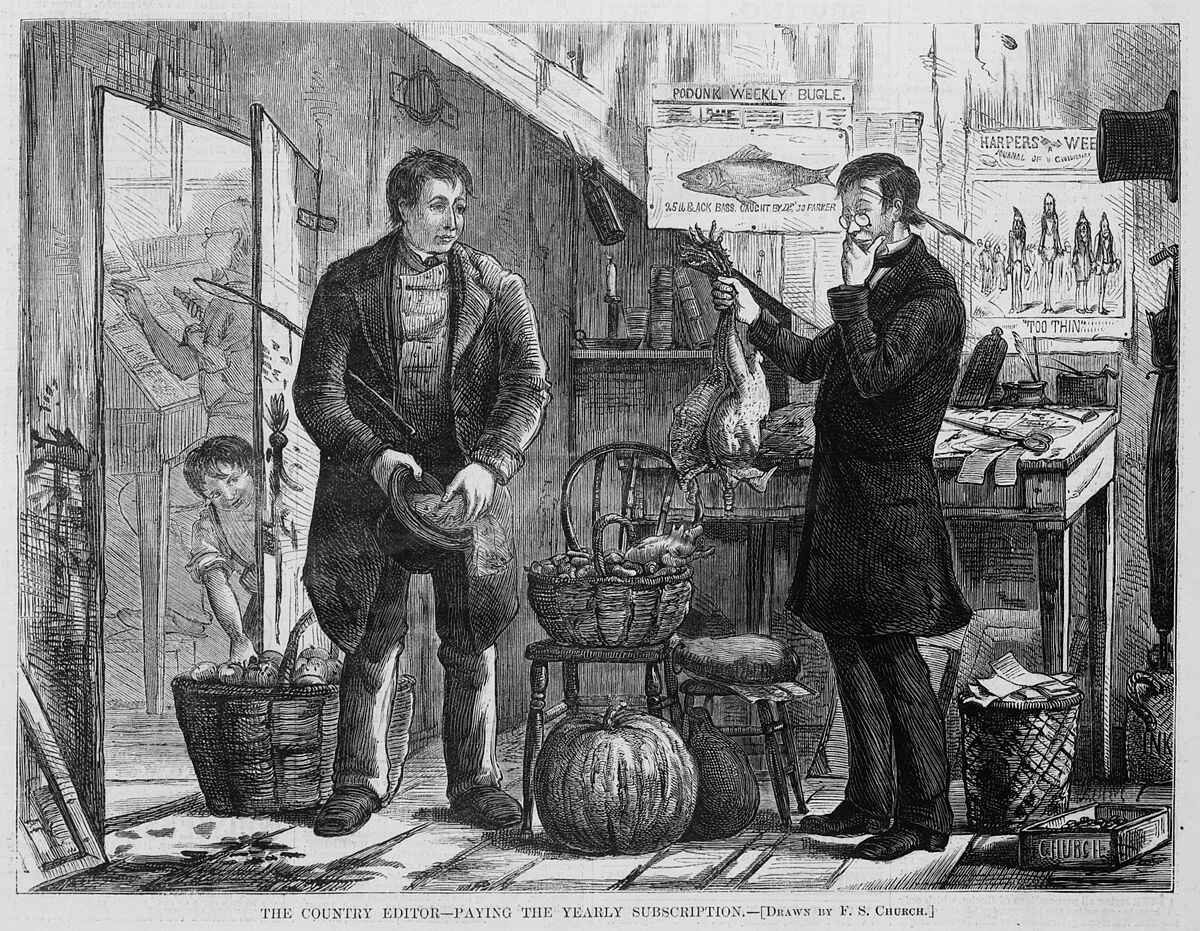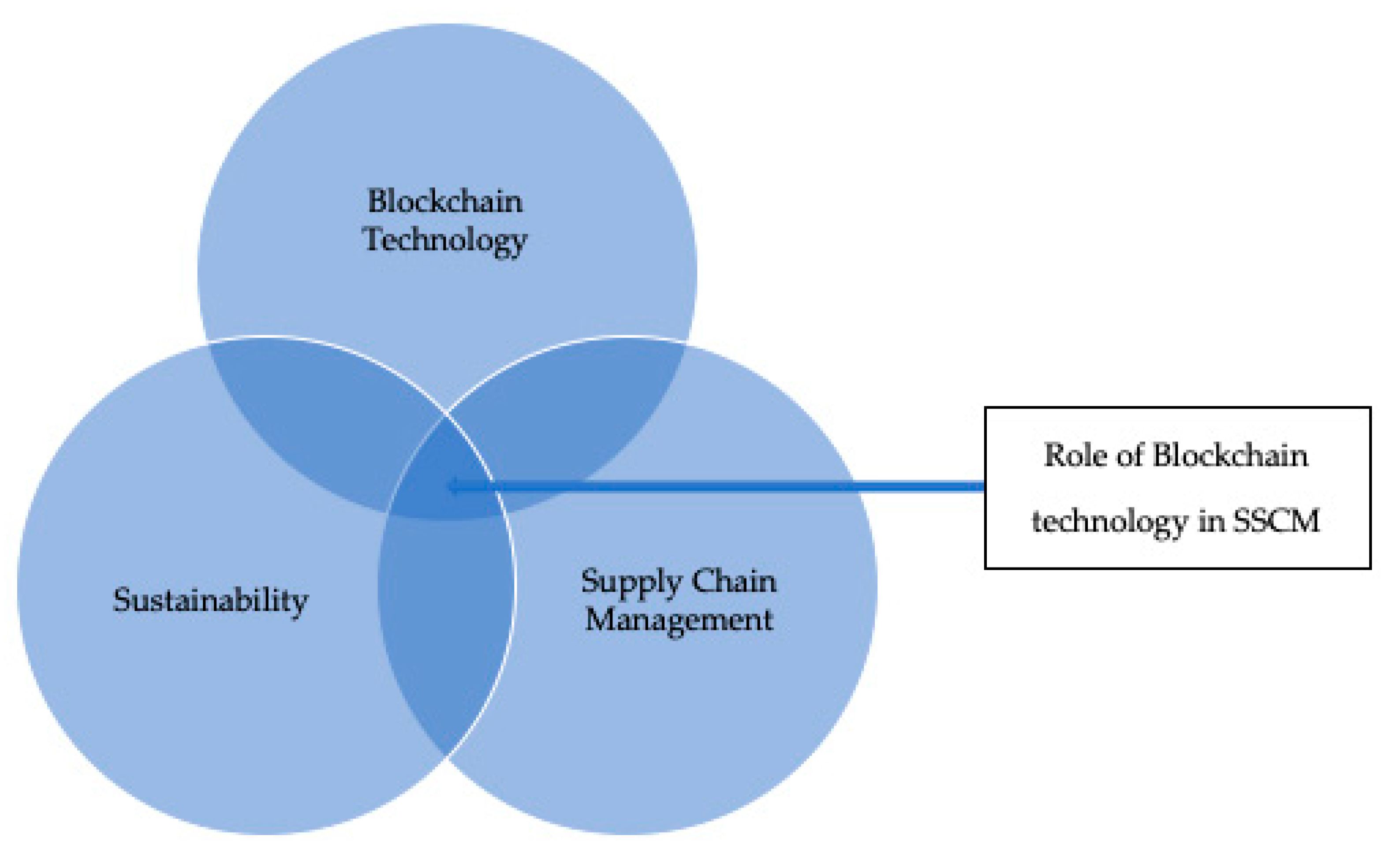Introduction
Trading is an integral part of human civilization, facilitating the exchange of goods and services between individuals and communities. It has played a crucial role in shaping societies, economies, and cultures throughout history. From the earliest forms of bartering in ancient times to the intricate global financial markets of today, trading has evolved significantly.
As humans began to settle and form communities, the need for trade arose. People sought to acquire goods and resources not readily available in their local areas, leading to the development of trade networks. These networks connected different regions, enabling the exchange of goods, ideas, and technologies.
The origins of trade can be traced back thousands of years. Historians believe that trade existed even before written records, as evidenced by archaeological remains and cave paintings. The earliest forms of trade involved simple bartering, where individuals exchanged goods directly without the use of currency.
Over time, trade became more sophisticated and organized. Ancient civilizations such as Mesopotamia, Egypt, and China played a significant role in the early development of trading systems. These civilizations established trade routes, built marketplaces, and developed trading practices that laid the foundation for future trading activities.
One of the earliest known trading systems emerged in Mesopotamia, the cradle of civilization. The Sumerians, who inhabited this region around 3,500 BCE, engaged in extensive trade with neighboring societies. They traded goods such as grains, textiles, and metals, using a primitive form of currency known as the barley token.
In ancient Egypt, trade flourished along the Nile River. The Egyptian civilization depended heavily on trade to acquire valuable resources like gold, ivory, and exotic spices. They established trade routes connecting the Nile to distant lands, including Nubia, the Middle East, and even the Mediterranean.
Ancient China also played a significant role in the history of trade. The Silk Road, a vast network of trade routes that connected China to the civilizations of Europe, the Middle East, and Africa, brought immense wealth and cultural exchanges to China. It facilitated the trade of valuable commodities like silk, porcelain, and spices, making China a prominent trading nation.
Origins of Trade
The origins of trade can be traced back to the earliest human societies. As communities began to form and settle in specific areas, people realized that they could not produce or obtain all the resources they needed within their immediate surroundings. This realization led to the emergence of trade as a means to acquire essential goods and services from neighboring communities.
Primitive forms of trade, predating written history, involved the direct exchange of goods between individuals or groups. This early barter system allowed individuals to trade their surplus goods for items they needed. For example, a farmer with an excess of crops might exchange them for tools or clothing from a neighboring blacksmith or weaver.
As trade expanded, the need for a more standardized way of facilitating exchanges became apparent. This led to the development of various forms of early currency. For instance, ancient civilizations like the Sumerians in Mesopotamia used objects such as barley, livestock, and precious metals as a medium of exchange.
Trade was influenced not only by the availability of resources but also by geographical factors. Societies located near bodies of water or major trade routes enjoyed greater access to a wide range of goods and ideas. Coastal communities, for instance, had access to items such as fish, shells, and seaweed, which inland communities lacked. Similarly, societies situated along major trade routes benefited from the exchange of goods and cultural influences.
The spread of trade was greatly facilitated by technological advancements. Invention of the wheel and development of transportation methods like boats and caravans allowed for the movement of goods over long distances. These advancements opened up new trade routes and enabled the exchange of goods between distant communities.
As trade networks expanded, markets began to emerge as central hubs for trade. These markets provided a space for buyers and sellers to come together and engage in commercial activities. They became places of cultural exchange, bringing individuals from different backgrounds together, leading to the development of diverse communities and the sharing of ideas and knowledge.
Trade also played a crucial role in fostering cultural exchange and influencing societal development. Through trade, different civilizations gained exposure to new ideas, technologies, and cultural practices. This exchange of knowledge and goods enriched societies, sparking innovation and stimulating economic growth.
The origins of trade lay the foundation for the complex global trading systems we have today. It is a testament to the human drive to explore, connect, and exchange goods and ideas. From the early bartering systems to the sophisticated financial markets, trade continues to shape the world we live in.
Early Trading in Mesopotamia
Mesopotamia, often referred to as the cradle of civilization, played a significant role in the development of trade during ancient times. The region, located between the Tigris and Euphrates rivers in present-day Iraq, was home to several powerful city-states, such as Sumer and Babylon. These city-states were centers of economic activity and trade.
The Sumerians, who inhabited Mesopotamia around 3,500 BCE, engaged in extensive trading with neighboring societies. They were among the first to develop a system of writing, known as cuneiform, which enabled record-keeping and facilitated trade transactions.
Trade in Mesopotamia was primarily driven by the need to acquire essential resources not available within the region. The fertile land between the rivers allowed for thriving agricultural practices, leading to a surplus of crops. These surplus crops became items of trade, exchanged for other goods like textiles, metals, and livestock.
In order to facilitate trade, the Sumerians devised a primitive form of currency known as the barley token. These tokens represented a certain amount of barley, a staple crop in Mesopotamia. They allowed for easier exchange by providing a standardized unit of value.
The Sumerians established trade routes connecting their city-states to surrounding regions. These trade routes enabled the transportation of goods over long distances, contributing to the growth of commerce. The city of Ur, for example, became a bustling center of trade, connecting Mesopotamia with distant lands.
Commerce in Mesopotamia reached its peak during the reign of the Babylonian Empire, especially under the ruler Hammurabi. Hammurabi implemented a set of codified laws, known as the Code of Hammurabi, which regulated trade and provided a legal framework for commercial activities.
Marketplaces, or bazaars, played a crucial role in facilitating trade in Mesopotamia. These marketplaces were vibrant hubs where merchants, craftsmen, and buyers congregated. They offered a wide range of goods, from agricultural products to handicrafts, and served as centers of cultural exchange.
Trade in Mesopotamia not only contributed to economic prosperity but also had a profound impact on the development of civilization. The exchange of goods and ideas brought about cultural exchange and influenced technological advancements. Mesopotamia’s trading practices laid the foundation for future trading systems and established the region as an important hub of commerce in the ancient world.
Ancient Trading in Egypt
Ancient Egypt, with its rich resources and strategic location along the Nile River, was a thriving center of trade during ancient times. The civilization relied heavily on trade to acquire valuable resources and establish cultural connections with neighboring regions.
The Nile River, flowing through Egypt, played a crucial role in facilitating trade. It provided Egyptians with a reliable source of water for agriculture and transportation. The river served as a natural trade route, connecting different parts of Egypt and enabling the movement of goods and people.
Trade in ancient Egypt was driven by the need to acquire resources that were not readily available within the region. The civilization relied on trade to obtain precious metals like gold and copper, exotic spices, and luxury goods such as ivory and incense.
Egyptian traders ventured beyond their borders to establish trade connections with neighboring societies. They sailed along the Mediterranean coast, reaching as far as the Aegean Sea and the Levant, trading goods such as papyrus, grain, and fine linen.
Egyptian trading activities were not limited to maritime trade. The civilization also engaged in overland trade, particularly with the civilizations of Nubia to the south and the Middle East to the east. These trade routes allowed for the exchange of goods like precious stones, ebony, and animal hides.
Trade in ancient Egypt was facilitated by the establishment of trading posts and ports along the Nile River and the Mediterranean coast. These trading centers became bustling hubs of economic activity, attracting merchants from different cultures and fostering cultural exchanges.
The Old Kingdom and the Middle Kingdom periods witnessed a significant increase in trade activities. The pharaohs during these periods sought to expand Egyptian influence and strengthen trade relations with neighboring regions. They even dispatched expeditions to explore new trade routes and establish diplomatic ties.
The New Kingdom period marked the height of Egyptian trade. Egypt controlled vast territories, including parts of Nubia and the Levant, which provided access to valuable resources. The pharaohs of the New Kingdom pursued an ambitious trade policy, importing luxury goods from other regions and exporting Egyptian products like grain and gold.
The ancient Egyptians were also adept at developing trade networks and diplomatic relations with foreign powers. Through trading and cultural exchanges, Egypt acquired foreign goods, technology, and ideas, which influenced their own cultural and artistic development.
Ancient trading in Egypt not only contributed to the economic prosperity of the civilization but also played a vital role in shaping its cultural and social fabric. The trade connections established by the Egyptians fostered a diverse and cosmopolitan society, leaving behind a legacy of cultural exchange and economic prowess.
Trade in Ancient China
Ancient China, with its vast territory and rich resources, was a major hub of trade and commerce, playing a significant role in shaping the trading networks of the ancient world. The civilization developed intricate trading systems, fostered cultural exchanges, and established itself as a prominent trading nation.
One of the most notable trade routes in ancient China was the Silk Road. The Silk Road was a vast network of trade routes that connected China to the civilizations of Europe, the Middle East, and Africa. It was named after the valuable silk produced in China, which became one of the most sought-after commodities along the route.
The Silk Road facilitated the exchange of goods, ideas, and culture between China and the outside world. Chinese merchants traded silk, porcelain, spices, and other luxury goods for precious metals, gems, horses, and exotic products from distant lands. This trading network fueled economic growth and played a crucial role in the spread of Chinese influence and civilization.
Ancient China was also characterized by its maritime trade activities. The Chinese were skilled seafarers, enabling them to conduct trade across the vast seas. The maritime trade routes connected China with Southeast Asia, the Indian subcontinent, and as far as East Africa. These routes facilitated the exchange of goods like tea, pottery, and silk for spices, tropical woods, and other valuable products.
Trade in ancient China was not limited to luxury goods or exotic products. The Chinese were also engaged in regional trade, meeting the everyday needs of their own population. Local markets bustled with the exchange of agricultural products, handicrafts, and essentials like salt and iron.
The government played a significant role in regulating and promoting trade in ancient China. The ruling dynasties developed policies to encourage trade, protect merchants’ rights, and ensure the safety of trade routes. They constructed infrastructure, such as roads and canals, to improve transportation and facilitate trade activities.
Trade in ancient China went beyond economic transactions. It served as a means of cultural exchange, enabling Chinese civilization to disseminate its philosophy, technology, and cultural practices across the world. Buddhism, for example, was introduced to China through trade routes and became an integral part of Chinese culture.
Moreover, Chinese trading activities not only enriched the empire’s wealth but also drove innovation. Through cross-cultural interactions, Chinese artisans and scholars were exposed to new ideas and techniques, inspiring advancements in fields such as art, medicine, and technology.
The ancient trade practices in China laid the groundwork for the country’s future dominance in global trade. China’s centuries-long trading culture contributed to its economic prosperity, cultural diffusion, and the development of a sophisticated trading system that continues to influence the modern world.
The Silk Road and the Expansion of Trade
One of the most significant trade routes in history, the Silk Road, played a pivotal role in connecting civilizations and fostering the exchange of goods, ideas, and culture. The Silk Road was an extensive network of ancient trade routes that stretched across Asia, linking China to the Mediterranean and beyond.
The name “Silk Road” originated from the lucrative trade in silk, a highly prized commodity produced in ancient China. However, the Silk Road was not solely a path for the exchange of silk. It served as a vital conduit for a wide array of goods, including spices, precious metals, textiles, exotic animals, and even knowledge.
The Silk Road facilitated trade between the civilizations of East Asia, Central Asia, the Middle East, and the Mediterranean. It allowed for the movement of goods from China to distant lands such as Persia, India, and the Roman Empire. In return, these regions sent their own commodities, such as spices from India, papyrus from Egypt, and glassware from the Roman Empire, back to China.
The opening of the Silk Road had a profound impact on the expansion of trade and the development of commerce in the regions it connected. New trade networks emerged, and existing ones grew stronger as merchants sought to capitalize on the opportunities presented.
The Silk Road was not just a means for economic exchange. It also served as a conduit for the transmission of ideas, religions, and knowledge. Buddhism, for instance, spread from India to China and beyond along the Silk Road. Cultural and technological exchanges occurred as various civilizations interacted and shared their customs, art, and scientific advancements.
The Silk Road was not a well-defined route but rather a network of interconnected trade routes that branched out in different directions. It consisted of both land and sea routes, with goods being transported by camel caravans, horses, and ships.
Although the Silk Road was known for its dangers, including harsh weather conditions and encounters with bandits, the desire for profit and the promise of new opportunities motivated traders to undertake these risks. They formed caravans, which provided safety and support during the long and perilous journey.
The impact of the Silk Road was not limited to trade and cultural exchange. It also led to the spread of diseases, such as the bubonic plague, as well as the proliferation of ideas, inventions, and technologies. Papermaking, printing, compasses, and gunpowder are examples of innovations that traveled along the Silk Road and had a transformative impact on the world.
The Silk Road played a crucial role in shaping the interconnectedness of civilizations and promoting economic growth. It fostered cultural diversity and exchange, while also catalyzing innovation and the spread of knowledge. The legacy of the Silk Road continues to resonate, serving as a reminder of the immense impact that trade and cultural exchange can have on the development of societies.
Trading in Medieval Times
The medieval period, spanning from the 5th to the 15th century, witnessed significant advancements in trade and commerce. As feudalism waned and centralized powers emerged, new trade routes were established, the volume of trade increased, and commercial practices evolved, reshaping the economic landscape of Europe and beyond.
During the Middle Ages, feudal manors and self-sustaining villages gradually gave way to towns and cities. This urbanization created new opportunities for trade as commercial centers developed. Marketplaces, known as fairs, became important hubs of economic activity, attracting merchants and traders from different regions.
Trade routes in medieval times expanded to include both local and long-distance trade. The Hanseatic League, a powerful alliance of merchants from cities across northern Europe, played a crucial role in facilitating long-distance trade. This trading network connected cities from the Baltic Sea to the North Sea, allowing for the exchange of goods such as timber, grain, furs, and salt.
The Mediterranean region also continued to be a vibrant trading hub during medieval times. Italian city-states, particularly Venice and Genoa, became major maritime powers, dominating trade routes in the Mediterranean. They facilitated the exchange of goods between Europe, the Middle East, and Asia, fostering cultural interactions and accumulating great wealth.
The emergence of guilds was another characteristic of medieval trade. Guilds were associations of craftsmen and merchants who specialized in a particular trade or craft. They regulated commerce, set quality standards, and protected the interests of their members. Guilds played a critical role in fostering economic stability and promoting skills and knowledge.
The Crusades, a series of military expeditions in the name of Christianity, also had a profound impact on trade during this period. The Crusades opened up new trade routes and introduced Europeans to exotic goods from the Middle East, sparking a desire for luxury items such as spices, silk, and precious metals.
New business practices and financial innovations also emerged during the medieval era. The use of bills of exchange, a precursor to modern-day banking, facilitated long-distance trade and reduced the risk associated with carrying large quantities of money. Merchants began to form partnerships and joint stock companies, pooling their resources to finance expeditions and trade ventures.
The growth of trade in medieval times had far-reaching effects on society. It led to the rise of a new merchant class, challenging the traditional social hierarchy dominated by feudal lords. The accumulation of wealth through trade allowed merchants to gain political influence and shape the societies in which they operated.
Trading in medieval times played a vital role in the economic development of Europe and the wider world. It fostered cultural exchange, facilitated the spread of knowledge and ideas, and drove technological advancements. The trade practices established during this period laid the foundation for the global trading systems that continue to shape our world today.
The Advent of Modern Trading
The advent of modern trading, which marked the transition from traditional to more organized and sophisticated market practices, brought about significant changes in the way goods and services were bought and sold. This era, which began in the 16th century and continues to the present day, has seen significant advancements in trade, finance, and technology.
One of the most notable developments during this period was the Age of Exploration, when European explorers set sail to discover new trade routes and establish colonies around the world. This resulted in the expansion of global trade networks, connecting continents and enabling trade on an unprecedented scale.
The exploration and colonization of the Americas, Africa, and Asia brought forth vast quantities of new commodities, including spices, precious metals, textiles, and agricultural produce. These goods were traded across continents, enriching nations and laying the foundation for a truly globalized trading system.
The growth of international trade during this period led to the emergence of powerful trading companies. Companies like the Dutch East India Company and the British East India Company were granted monopolies on trade in specific regions and played a significant role in establishing and expanding colonial territories.
As trade continued to flourish, new financial instruments and practices were developed to facilitate transactions and manage risks. The establishment of stock exchanges provided a platform for the buying and selling of shares in companies, enabling investors to participate in the profits and risks of trade ventures.
Advancements in transportation and communication also revolutionized trade during this era. The development of steamships and the expansion of railway networks enabled goods to be transported more quickly, efficiently, and over longer distances. The invention of the telegraph allowed for real-time communication, enabling traders to make faster decisions and stay connected with markets around the world.
Industrialization, a key development during the advent of modern trading, transformed manufacturing processes and increased the production of goods. This led to a surge in trade as countries sought to export their manufactured products and import raw materials to fuel their industries.
The advent of modern trading also brought about new systems of trade regulation and international agreements. Nations established trade policies, tariffs, and agreements to protect domestic industries and promote fair competition. Institutions like the World Trade Organization (WTO) were created to oversee global trade and resolve disputes between nations.
The rise of e-commerce in recent decades has further revolutionized the trading landscape. Online platforms and digital marketplaces have made it easier for businesses to connect with customers worldwide. The rise of digital currencies, such as Bitcoin, has also introduced new ways of transacting and investing in global markets.
The advent of modern trading has transformed the way goods and services are exchanged, breaking down barriers of distance and providing opportunities for individuals, businesses, and nations to participate in global commerce. It has fueled economic growth, shaped societies, and continues to evolve with advancements in technology and the changing needs of the global marketplace.
The Development of Stock Exchanges
The development of stock exchanges marks a significant milestone in the history of modern finance and commerce. Stock exchanges provide a centralized marketplace for buying and selling securities, such as stocks and bonds, enabling investors to participate in the ownership and profits of publicly traded companies. The evolution of stock exchanges has played a crucial role in facilitating investment, capital formation, and the growth of global economies.
The origins of stock exchanges can be traced back to the trading of shares in early joint-stock companies during the 16th and 17th centuries. These early exchanges, such as the Amsterdam Stock Exchange and the London Stock Exchange, were initially informal gatherings where merchants and investors could trade shares in companies and commodities.
Over time, these informal trading venues evolved into formalized exchanges with defined rules, procedures, and regulatory oversight. Stock exchanges introduced mechanisms to ensure fairness, transparency, and liquidity in trading. They established listing requirements for companies seeking to be publicly traded and implemented systems to match buyers and sellers effectively.
The adoption of technology has been a significant driver in the development of stock exchanges. With the advent of telegraph lines and later, computer networks, stock exchanges became more integrated and accessible to a greater number of investors. Electronic trading platforms replaced traditional outcry trading, allowing trades to be executed more efficiently and at faster speeds.
Stock exchanges also play a crucial role in providing market information and financial data. They serve as a vital source of pricing information, facilitating price discovery for securities. Through indices, such as the Dow Jones Industrial Average or the S&P 500, stock exchanges provide benchmarks that measure the performance of specific sectors or the overall market.
The development of stock exchanges has had a profound impact on capital formation and economic growth. By enabling companies to raise funds through the sale of shares, stock exchanges provide an essential avenue for investment and entrepreneurship. They allow businesses to access capital from a wide range of investors, fostering innovation and job creation.
Stock exchanges also serve as a barometer of economic activity and investor sentiment. Fluctuations in stock prices can reflect broader economic trends and investor confidence. The rise and fall of stock markets have the potential to influence consumer spending, business investment, and market reactions.
Globalization and advances in technology have further transformed stock exchanges into interconnected networks. Stock exchanges across the world are now linked, allowing investors to trade securities listed on multiple exchanges and facilitating cross-border investment.
Recent years have also seen the rise of alternative trading platforms, such as electronic communication networks (ECNs) and dark pools. These platforms offer alternative trading mechanisms and cater to specific trading strategies or investor preferences.
The development of stock exchanges continues to evolve as advancements in technology, regulation, and market dynamics shape the landscape. As new investment vehicles emerge, such as exchange-traded funds (ETFs) and cryptocurrencies, stock exchanges adapt to accommodate these innovations and provide investors with more opportunities and choices.
In summary, the development of stock exchanges has revolutionized the way securities are traded, providing investors with market access, liquidity, and transparency. Stock exchanges have played a vital role in the growth of global economies, capital formation, and investor participation, shaping the modern financial landscape we see today.
The Impact of Technology on Trading
Technology has transformed the trading landscape, revolutionizing the way transactions are conducted, information is accessed, and markets are operated. The advent of technology has had a profound impact on trading, enabling faster execution, improving efficiency, expanding market access, and creating new opportunities for investors and traders.
One of the most significant advancements in trading technology is the shift from manual trading to electronic trading. Electronic trading platforms have replaced traditional outcry trading, allowing for trades to be executed instantaneously and efficiently. This shift has tremendously improved the speed and accuracy of transactions, eliminating the need for physical presence on trading floors.
With the rise of the internet, trading has become more accessible than ever before. Online trading systems and platforms have made it possible for individual investors to participate in the markets from the comfort of their own homes. This has democratized trading, giving retail investors the same opportunities as institutional investors.
The development of algorithmic trading, or automated trading, has been another game-changer in the trading industry. Algorithms can process massive amounts of data and execute trades with minimal human intervention. This has led to increased trading efficiency and liquidity, as well as the ability to capitalize on market opportunities in real-time.
Big data and artificial intelligence (AI) have also had a significant impact on trading. Through advanced data analysis and machine learning algorithms, traders can gain insights into market trends, identify patterns, and make informed trading decisions. AI-powered trading systems can adapt and learn from market behavior, continuously improving trading strategies.
The use of mobile technology has brought trading to the fingertips of traders around the world. Mobile trading apps allow investors to monitor markets, execute trades, and access real-time information on their smartphones or tablets. This provides convenience and flexibility, enabling individuals to trade on the go.
Technology has also facilitated the development of new investment products and trading instruments. Exchange-traded funds (ETFs) have gained popularity, allowing investors to gain exposure to a diversified portfolio of assets with ease. Cryptocurrencies like Bitcoin have introduced new forms of digital currency and decentralized trading.
The rise of social media and online communities has transformed the way traders share information, insights, and trading strategies. Online forums, social trading platforms, and chat rooms have created spaces where traders can interact, collaborate, and learn from each other. This has fostered a sense of community and knowledge sharing among traders.
Risk management and cybersecurity have become increasingly important in the digital trading era. Technology has brought about new risks and challenges, such as cyber attacks and algorithmic trading glitches. Market participants must invest in robust security measures and risk management protocols to safeguard against these threats.
Overall, the impact of technology on trading has been significant. It has revolutionized the way transactions are executed, provided access to global markets, enhanced trading efficiency, and empowered individual investors. As technology continues to advance, the future of trading holds even more possibilities, with innovations such as blockchain and machine learning poised to reshape the landscape further.
Conclusion
Throughout history, trading has played a vital role in the development of human civilization. From the earliest forms of bartering to the sophisticated financial markets of today, trade has shaped economies, fostered cultural exchanges, and propelled technological advancements.
The origins of trade can be traced back to ancient times, as humans sought to acquire goods and resources not readily available in their local environments. As societies grew and interconnected, trade networks formed, allowing for the exchange of goods, ideas, and technologies across regions.
Ancient civilizations such as Mesopotamia, Egypt, and China played key roles in laying the foundations of trade systems. They established trade routes, built marketplaces, and developed innovative methods of exchange. These early trading practices set the stage for the expansion of trade in medieval and modern times.
With the advent of modern trading, characterized by the rise of stock exchanges, trade became more organized and accessible. Stock exchanges created centralized marketplaces for buying and selling securities, facilitating investment, capital formation, and economic growth.
Advancements in technology have had a profound impact on trading, revolutionizing the way transactions are conducted and markets operated. Electronic trading platforms, algorithmic trading, big data, artificial intelligence, and mobile technology have all contributed to faster execution, increased efficiency, and expanded market access.
The impact of trade goes beyond economic transactions. It has facilitated cultural exchanges, diffusion of knowledge, and the establishment of global connections. Trade has shaped societies, influenced the development of technologies, and led to the creation of diverse and cosmopolitan communities.
In conclusion, trade has been a driving force in human history. It has empowered individuals, connected civilizations, and fueled economic prosperity. As we continue to embrace technological advancements, the future of trade holds even more potential, with new opportunities and challenges on the horizon. Trade will undoubtedly remain an integral part of our ever-evolving global society.

























